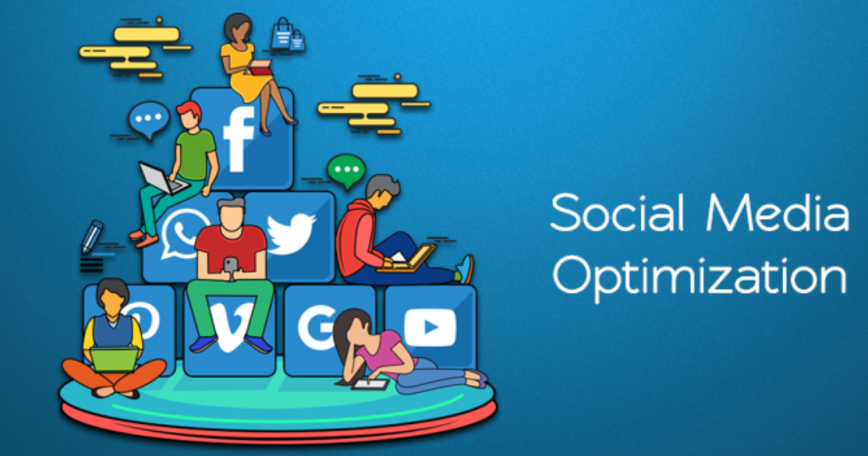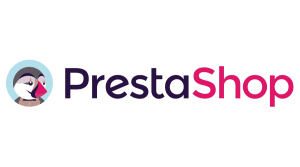Social Media Optimization are techniques and strategies for promoting awareness of a brand, publication, product, etc., on social media, especially by encouraging the sharing of content that attracts people to a particular website.
What Is Social Media Optimization (SMO)?
SMO is the use of social media networks to manage and grow an organization’s message and online presence. As a digital marketing strategy, social media optimization can be used to increase awareness of new products and services, connect with customers, and ameliorate potential damaging news.
SMO is the use of social media networks to manage and grow an organization’s message and online presence.
As a digital marketing strategy, social media optimization can be used to increase awareness of new products and services, connect with customers, and ameliorate potential damaging news.
Various social media platforms can be used for digital marketing, including Facebook, Twitter, Instagram, Snapchat, YouTube, and Pinterest.
Understanding Social Media Optimization (SMO)
For many years, search engine optimization (SEO) was the standard for digital marketing efforts. While social media optimization and search engine optimization have similar goals–to generate web traffic and increase awareness for a company’s website–search engine optimization is the process of increasing the quality and quantity of website traffic by increasing the visibility of a website or a web page to users of a web search engine, especially Google.
More recently, social media marketing has come to the fore, at times converging with SEO and in some instances replacing it as the most effective way to strengthen a brand, conduct lead generation, increase a company’s visibility in the online space, and connect to an audience. Various social media platforms can be used for digital marketing, including Facebook, Twitter, Instagram, Snapchat, YouTube, and Pinterest.
Social media optimization often directs the public from these social media platforms to the company’s website, where more information can be provided. For example, a campaign to raise awareness about a new automobile on social media may direct the visitor to a company webpage that provides information about where local dealerships are located and how to schedule a test drive.
Strategies for SMO
Companies using multiple social media platforms may use Internet-based tools designed to improve the organization and delivery of their content. These tools allow an employee tasked with creating social media content to schedule content across multiple platforms at the same time, as well as respond to any engagements on the posts including comments or messages from the audience. Some popular social media management tools are Loomly, AgoraPulse, Promo Republic, Hootsuite, Buffer, and Sprout Social.
Sharing tools on social media platforms allow users can share content on the Internet almost instantaneously. Because of this, many companies try to create content that users will pass along to their friends and connections. This strategy, called viral marketing, attempts to achieve a broader reach by getting engaged users of social media platforms to share content rather than relying on users to find the content on their own.
Example of SMO
Messages on social media platforms can be tailored so that they have a greater impact on specific groups of individuals. Marketers using social media can customize their content based on demographic and geographic profiles. For example, a soft drink maker may post a message about how cold a beverage is to Internet users in hot climates. For their audience in cold climates, they might tell users that drinking their beverage will remind them of summer.
To make the most of social media optimization, businesses need to keep their content relevant as well as shareable. The more the content is shared the better would be its rankings in search engines. This will lead to a strong social media presence and also drive traffic to the website.






